“Know thy customer.” It’s a must for all marketers regardless of your industry, niche, etc. Not only do you need to know “the who,” but you also need to know “the why.”
For your campaign to truly flourish, it’s essential to see the big picture and know what makes your customers tick.
That’s where psychographic marketing comes in.

What Are Psychographics?
Psychographics is the analysis of consumer lifestyles to create detailed customers profiles. Rather than examining who your customer is, you’re examining why they buy.
Before we go any further, it’s important to note that there are some distinct differences between psychographics and the much more commonly used demographics.
While demographics deal with a specific segment of the population, psychographics deal with what motivates their buying behavior.
ConversionXL elucidates with this chart:
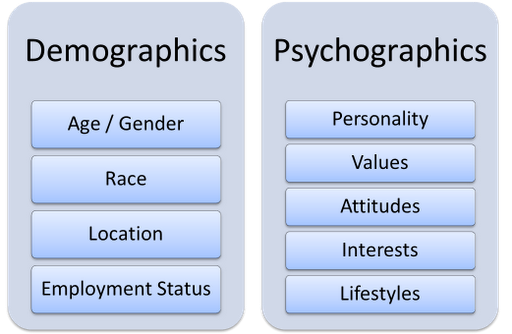
As you can see, psychographics focus on the underlying interests, activities, values, and opinions that motivate consumers to buy.
This is important because it allows you to create a far more robust customer profile and helps “scratch your audience’s” itch when marketing.
Psychographic Marketing: All You Need to Know
1. Psychographic Marketing: An E-Commerce Example
2. How to Gather Psychographic Data
3. How to Use Psychographics in Your Marketing
1. Psychographic Marketing: An E-Commerce Example
Let’s say an eco-friendly clothing company is looking to create a basic customer persona to encapsulate their collective audience as a whole.
Their demographic information might look like this:
- 18 – 34
- Single
- United States
- Annual income is less than $40,000
And their psychographic information might look like this:
- Concerned with preserving natural resources
- Seeks clothing that’s sourced from sustainable materials
- Is willing to spend a bit more on clothing that minimizes environmental impact
- Enjoys outdoor activities such as hiking, camping, and backpacking
- Favorite social networks are Instagram and Pinterest
See the difference?
Both demographics and psychographics can supply you with some helpful details individually.
But when you combine the two, you can create an extremely comprehensive customer persona that really puts things into perspective.
Not only do you know who your customers are, you now know what motivates them to buy.
Cha-ching!
In turn, you should be able to reach your audience with much greater efficiency and get more bang for your marketing buck.
2. How to Gather Psychographic Data
Information on demographics is pretty easy to obtain.
A little bit of sifting through your Google Analytics (GA) reports can provide you with the bulk of your data.
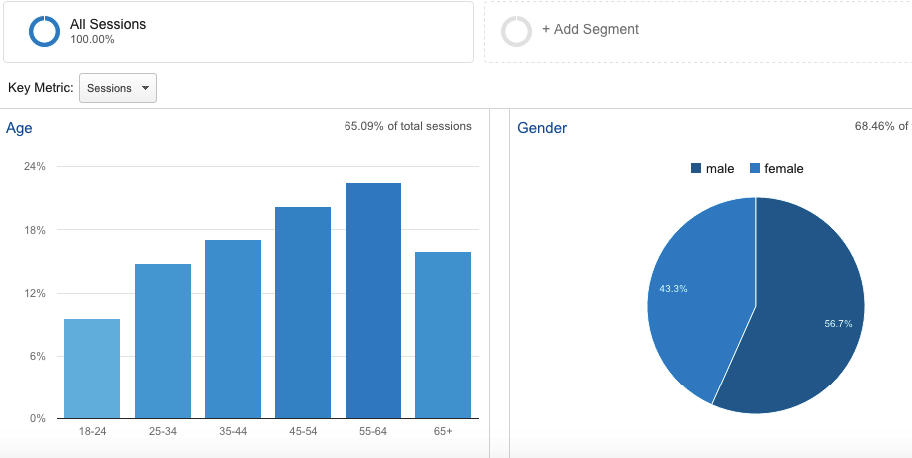
See?
Gathering psychographic data is a bit more complicated and requires considerably more time and energy.
But it’s definitely still doable and well worth it in the long run.
There are a variety of ways to go about it, but here are some of my preferred strategies.
Customer Interviews
Some might consider this to be old school, but it can be a great technique if you’ve already built strong relationships with your customers.
What I love is that it’s so direct and allows you to get your data straight from the horse’s mouth (so to speak).
But in order for this to be effective, it’s imperative that you take the correct approach and ask the right questions.
In terms of the number of interviews, five per customer persona will usually suffice.
This should allow you to generate enough data to identify major patterns and trends without spending an exorbitant amount of time in the process.
As for the format, conversion copywriter Bob Leonard recommends doing an interview over the phone rather than face-to-face.
Why?
She explains that when people are in their own environment, it tends to make them more relaxed and forthcoming, which ensures that you get truthful, unbiased information.
Not to mention phone interviews are more convenient and affordable than conducting them in person.
For the structure, it’s best to aim for conversational. Try to allow things to flow organically where it doesn’t feel overly robotic or forced.
Just have a handful of relevant questions and let the interview unfold from there.
Here are some examples:
- What motivated you to purchase our product?
- How did our product eliminate your pain points?
- Were there any particular factors that contributed to you choosing our company over our competitors?
- What made you switch to us?
For more details on customer interviews, this guide from Crazy Egg is helpful.
Customer Surveys
If you’re looking to increase your sample size and streamline things, surveys can work wonders.
And thankfully they’re never been easier. Platforms like Typeform and SurveyMonkey allow you to create customized surveys in a snap.
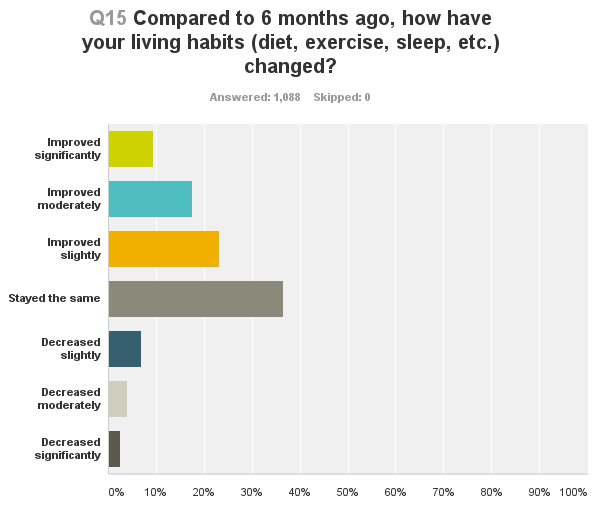
It’s simply a matter of incorporating psychographic-driven questions into the survey.
Going this route is also fairly inexpensive with a standard plan on SurveyMonkey only costing $35 a month as of late 2017.
The main issue you’re likely to encounter is a reluctance to participate, especially when you’re asking in-depth questions that often require more than a simple “yes or no” answer.
Therefore, you may want to offer some type of incentive such as a coupon or discount for participating.
As for distribution, there are three main channels I suggest.
- Email. Just send to your existing subscribers and/or after someone completes a purchase
- Social media. Networks like Facebook, LinkedIn and Twitter tend to work well
- Website. Either create a pop-up that features your survey and/or embed it on a particular page on your site
Keep in mind that you don’t necessarily need thousands of people to complete your survey in order to gain some actionable insights.
Even as few as 10 can supply you with enough data to put you on the right track.
Google Analytics
As I pointed out earlier, GA is a goldmine for unearthing information on demography.
But it can also be used for extracting psychographics data as well.
For instance, you can get data on audience interests with the “Demographics Overview” feature on GA.
Drilling into individual age brackets and clicking on “Other Category” will show you the top interests for the different age brackets.
Here’s an example:
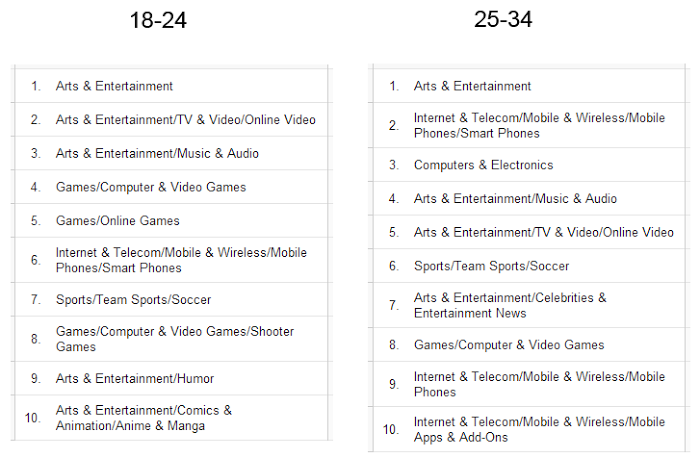
Check out this resource to learn more about this and how to fully extract this information.
Social Media Analytics
Many social media platforms now offer some type of built-in analytics, which can prove beneficial.
As Alexandra Samuel of the Harvard Business Review points out, “Social media analytics let you identify trends in interests and attitudes, and even use sentiment analysis to help dig a little more deeply into psychographic attitudes.”
If you’ve got a sizable amount of followers on Facebook, Twitter, etc., you should be able to leverage it in order to gather further psychographics data.
Market Research Firms
There’s also market research.
This is by far the most costly route to take and not something that you want to dive in blindly to.
However, you can potentially gain valuable insights based on intensive scientific data collection methods.
While this may not be viable for companies with minimal budgets, it can pay off if you’re willing to make the investment.
3. How to Use Psychographics in Your Marketing
At this point, we’ve established the difference between demographics and psychographics along with some of the most effective approaches for gathering your data.
But here’s the real question: How do you actually apply it?
As it turns out, there are several ways you can put this data to use.
Fine-Tuning Your Brand’s Values
The way you position your brand can have an immense impact on how well you’re able to connect with consumers.
If you strike the right chords, this can help you establish a loyal legion of brand ambassadors, which has its obvious benefits.
One of the first ways to apply your data is to examine the psychographic profiles of your most loyal followers and fine-tune your brand’s values to match.
For example, some of the main points in our psychographic information example earlier included:
- Concerned with preserving natural resources
- Seeks clothing that’s sourced from sustainable materials
- Enjoys outdoor activities such as hiking, camping, and backpacking
You would want to take these findings and work on weaving them into your overarching brand values. They would serve as your main touch points.
For instance, a quick look at TOMS’ website, and it’s clear that there’s an emphasis on philanthropy and helping others.
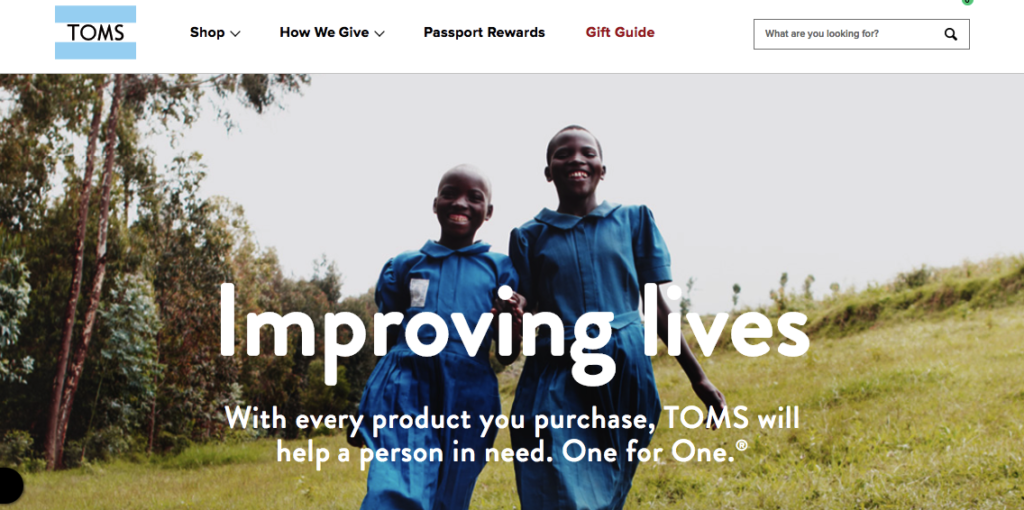
Looking at Burt’s Bees, and it’s obvious there’s an emphasis on sourcing natural products.

You get the idea.
Optimizing Landing Pages
According to research from eConsultancy only 22 percent of businesses are satisfied with their conversion rates?
That’s not ideal.
One of the most effective ways to improve them is to make key adjustments to your landing pages.
In fact, “Using correct targeting and testing methods can increase conversion rates up to 300 percent.”
The psychographics data you generate can be instrumental in optimizing your landing pages and should shed light on:
- Which specific aspects of your product to focus on
- The right wording to use
- Images to use
- Etc.
Generating Content Ideas
This data can also spill over to the topics you cover on your blog and your content marketing campaigns at large.
Although you probably already have a central theme that you base your content around, you could definitely use your insights to launch into sub-categories that may not have been on your radar previously.
In turn, you can expect to increase content engagement as well as your number of shares.
Keyword Targeting
Whether it’s for organic search or paid ads, choosing the right keywords is vital.
Alexandra Samuel also explains that “using psychographics allows you to do smarter keyword targeting—for example, targeting one message about your programming game to parents who are searching for ‘kids programming’ and another message to parents who are searching for ‘kids video games fun.’”
Psychographics help you narrow down your keyword list to ones that are highly targeted to your audience.
Social Media Marketing (SMM)
There are two ways that psychographics can impact your SMM campaigns.
First, you may be able to determine which specific networks your core audience is most active on.
In our example, we discovered that Instagram and Pinterest were the two top choices.
As a result, you would know that these two networks deserve the bulk of your attention rather than others like Facebook or Twitter.
Rather than relying on speculation and mere guesswork, you would know for a fact where your time and budget is best spent.
Second, you can use psychographics data to target customers more effectively.
If you’ve ever used Facebook Ads, you know that you can be incredibly granular about who your ads will appear to.
“Precise Interests” allows you to break down a broad topic into specifics:
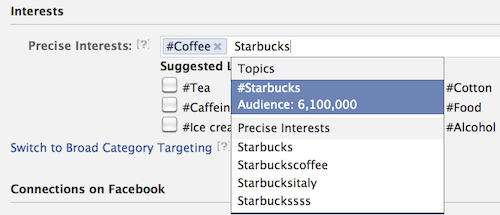
This way you can get your ads in front of the right audience and ensure that you’re not wasting money marketing to leads that are unlikely to convert.
You could always choose precise interests based on a hunch. Or you could select them based on psychographics data.
And believe me, the latter is far more potent.
Email Marketing
The points you address in your emails and the quality of your copy heavily influence your conversion rate.
You could argue that half the battle is simply discussing the type of content that readers are legitimately interested in.
If you’re able to nail down their pain points, you can bet that it’s going to improve engagement and increase the likelihood of subscribers taking action.
It can also impact the open rate.
And as you can see, there’s definitely room for improvement in this area, especially in some industries.
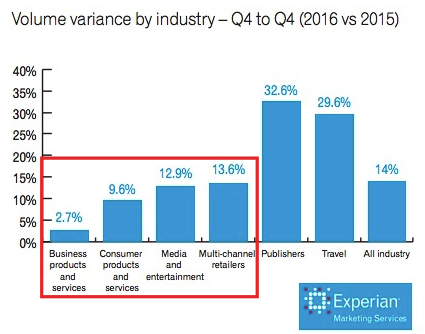

Conclusion
Psychographics are one of the most important elements of a customer profile.
When used along with demographics, psychographics allows you to delve even deeper to gain an understanding of what motivates your customers to buy.
Therefore, psychographic marketing is invaluable.
While it does require a considerable amount of time, energy, and money to obtain psychographic data, it’s much easier for modern marketers than it was for those in the past.
After all, you’ve got the entire Internet at your disposal.
Customer interviews, customer surveys, and analytics are just a few possibilities.
From there, it’s simply a matter of properly applying this data to optimize your marketing and other key elements of your business.



